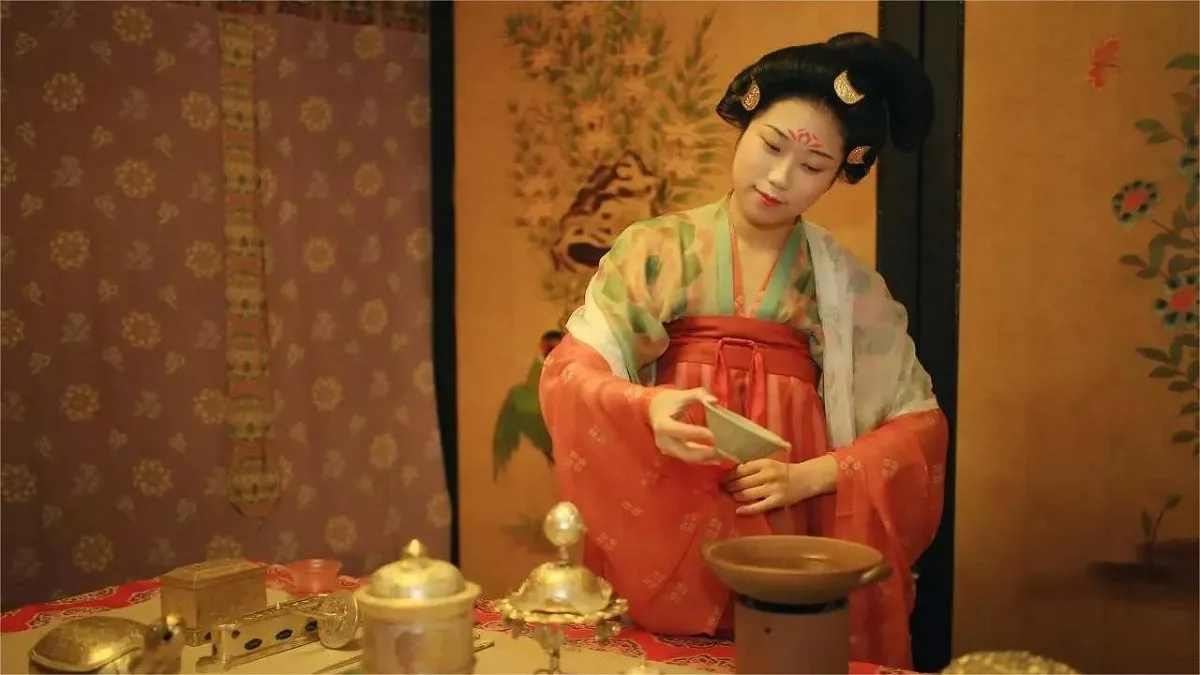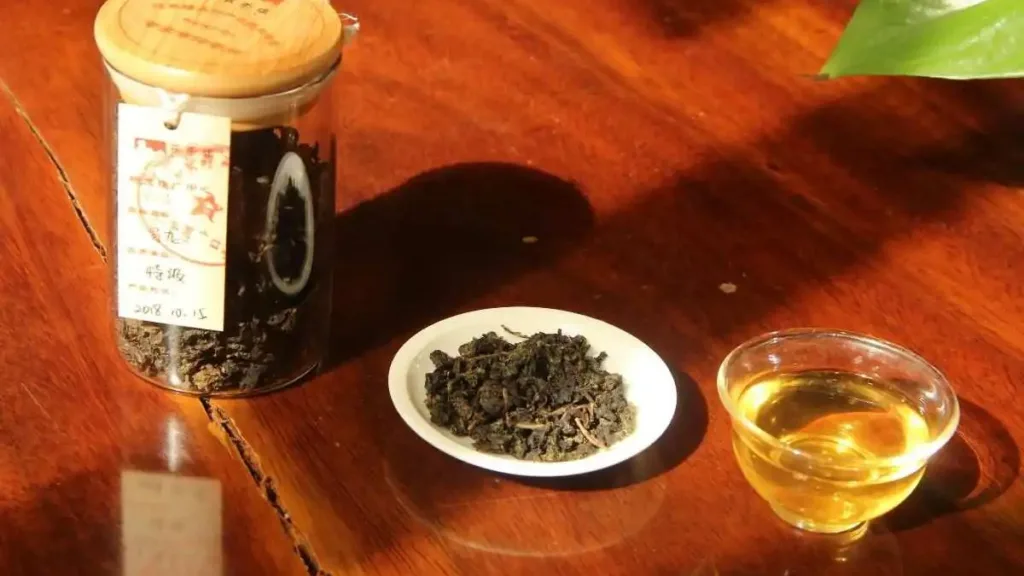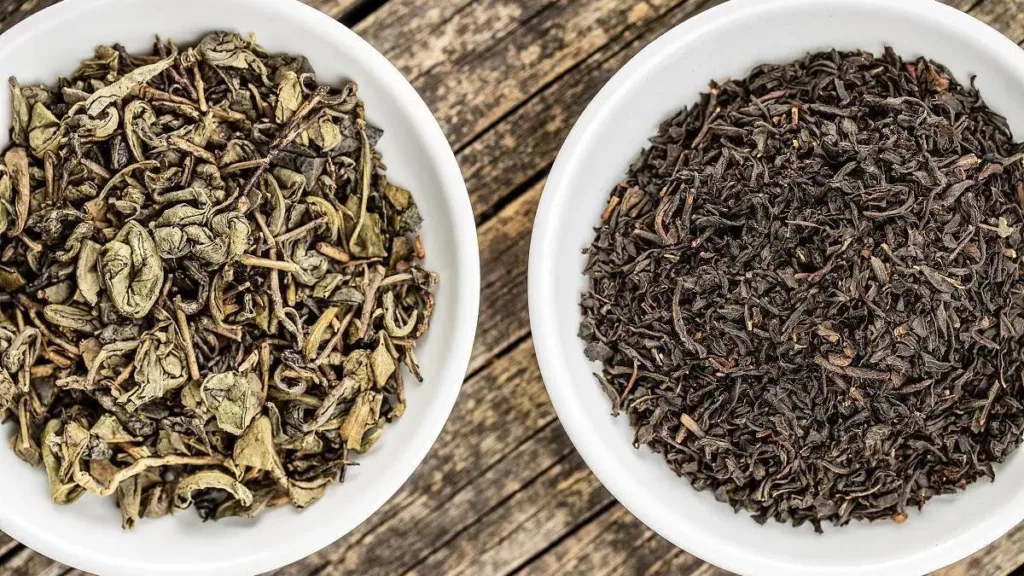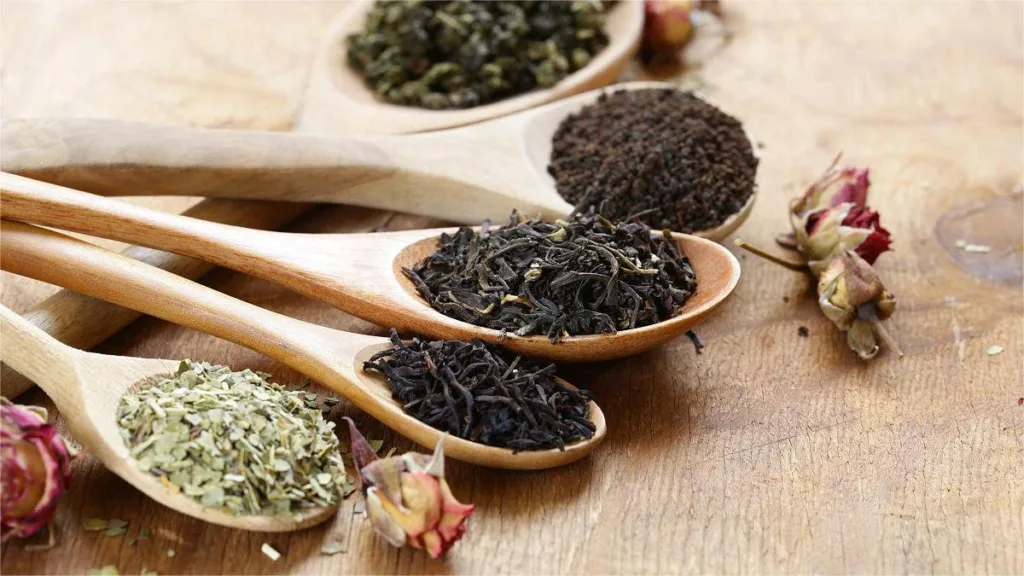The invention and early history of tea in China is a fascinating journey that spans over thousands of years. In the rich tapestry of Chinese culture, tea holds a special place, and its origins can be traced back to the ancient times of the Shang Dynasty.
Tea is believed to have been discovered in China, making it the birthplace of this beloved beverage. The story of tea’s invention is woven into the fabric of Chinese history, and its evolution has had a profound influence on the world.
The earliest recorded evidence of tea in Chinese history dates back over three thousand years to the Western Zhou period. It was during this era that people began cultivating tea gardens. However, the initial use of tea was not for drinking, but for its medicinal and aromatic qualities.
Tea’s journey from a medicinal herb to a popular beverage is a gradual process that unfolded over centuries. While tea was known and consumed during the Western Han Dynasty, it was during the Wei and Jin Dynasties that it gained prominence as a high-class beverage in the imperial court. The Tang Dynasty marked a significant turning point in the widespread consumption of tea, both among rulers and intellectuals, as well as the common people.
Wang Bao, a renowned poet of the Western Han period, wrote in his work “Tong Yue” about “cooking tea” and “buying tea in Wuyang,” suggesting that tea was used for preparing beverages and there were specific tea utensils in use at that time. This period played a crucial role in the formation of tea-drinking culture in China.
Tea’s utilization dates back even earlier than the Western Han Dynasty, as the cultivation and use of tea leaves developed and spread slowly over time. Consumption often stimulates production, and as the demand for tea increased, so did its production and trade.
During the Tang Dynasty, large areas in provinces such as Sichuan, Hubei, Hunan, Jiangxi, Zhejiang, Anhui, Fujian, Guangdong, and Guizhou were known for tea cultivation. The custom of brewing and drinking tea became widespread during this era.
The Tang Dynasty also introduced the method of steaming and processing tea leaves, where fresh tea leaves were steamed, shaped into tea cakes, and dried. This method allowed people to conveniently brew a small amount of tea as needed. The art of brewing tea in the Tang Dynasty emphasized the “Three Boils” method:
- First boil: Add a pinch of salt, boil until there are small sounds in the water, and the bubbles resemble fish eyes.
- Second boil: Ladle out some water, add tea leaves, and boil until the bubbles along the pot’s edge resemble strings of pearls.
- Third boil: Once it comes to a full boil, add the water that was ladled out during the second boil. The tea soup can now be consumed, and the tea leaves can be chewed.
During the Tang Dynasty, Buddhism thrived, leading to cultural exchanges with neighboring countries like Japan. As Japanese emissaries and students came to China, they discovered the delightful aroma and invigorating properties of tea, which led to the spread of tea culture beyond China’s borders.
The popularity of tea continued to grow, and tea production expanded. The Tang Dynasty saw the creation of the world’s first comprehensive treatise on tea, the “Tea Classic” authored by Lu Yu, a native of Jingling (present-day Tianmen, Hubei). This extensive work is divided into three volumes and ten sections, covering topics such as the origins of tea, tools for tea collection, tea varieties and processing methods, tea utensils for brewing, tea brewing techniques, tea customs, tea origins and grades, tea stories and legends, and medicinal uses of tea.
The “Tea Classic” is a comprehensive encyclopedia of tea knowledge and played a crucial role in disseminating knowledge about tea and fostering the development of the tea industry. It remains a valuable resource for researchers studying the history of tea.
Lu Yu’s dedication to collecting historical information about tea and tea-related individuals and events in “Tea Classic – Seven Matters” is noteworthy. He diligently collected and recorded historical materials about tea, ranging from ancient legends and myths to contemporary figures, making significant contributions to the preservation of tea industry history.
In conclusion, the invention and evolution of tea in China is a remarkable journey that spans thousands of years, from its discovery in the Shang Dynasty to its widespread popularity in the Tang Dynasty. The “Tea Classic” by Lu Yu, a seminal work on tea culture, played a pivotal role in shaping the customs and practices of tea consumption. Tea’s journey from a medicinal herb to a cherished beverage is a testament to the rich cultural heritage of China and its enduring influence on the world’s tea culture.



